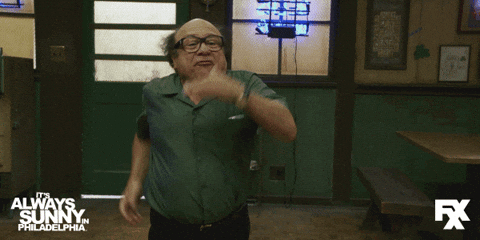- The Economy Tracker
- Posts
- The January Effect 2024/25
The January Effect 2024/25
Big gains for small caps.

What it is:
The January Effect is a seasonal trend where small cap stocks tend to perform better than those of larger companies. This trend usually starts in early November, as small caps begin to gain momentum. It then tends to pick up steam in mid-December and often continues through March. Though most of the move is typically made by January.
It was first discovered by Sidney Wachtel in 1942, who found the trend by analyzing data going back to 1925.
As more people have become aware of the January Effect, it has started happening earlier. Traders now anticipate this trend and buy small-cap stocks ahead of time, causing the effect to shift forward into November.
Why it happens.
Sidney Wachtel suggested that investor psychology may be the contributing factor, while Stock Trader’s Almanac suggests year-end dividend and bonuses could be a factor as well.
Stock Trader’s Almanac.
Speaking of Stock Trader’s Almanac, this is where I first heard about The January Effect and many other seasonal trades. The 2025 version is now available here. It is an incredible resource that helps make markets easier to understand, and is one of the most important trading tools I use.
Great. So, what’s a “small cap” anyway?
Typically, a small-cap stock is a company whose total market cap (capitalization) which ranges from about $250M to about $2B - $4B.
How to Safely Place Your Bet(s)
**Quick note on how to determine the amount of shares to purchase:
To determine the amount of shares which you want to purchase, first determine the amount in which you would be comfortable to lose. Part of trading and investing is losing. Show me someone with a 100% win rate and I will show you a psychotic liar. Even championship teams lose a few games a year, and so do the best traders of all time.
Once you have determined the amount you would be comfortable with losing, subtract your entry price from your stop loss and then divide the amount of loss you are willing to take by the price difference between your entry and stop loss. That will give you the amount of shares to purchase.
Small Cap Set ups of Interest
REAL

SERV

LBRT

LUNR

ENVX

DNN

UEC

NNE

OKLO

MNMD

CYBN

SNCY

SOUN

IREN

WULF

RIOT

RUM


Gif by sunnyfxx on Giphy
If you enjoyed this post or found it useful, do me a favor and hit the like (heart button all the way back to the top of the post and to the left) and share it with others.
Click the Leave a comment button if you have any questions or comments, or need something clarified. Don’t be shy. The main point here is to improve constantly. Questions and comments help us both and tells me what you are interested in learning/hearing more about.
Reply